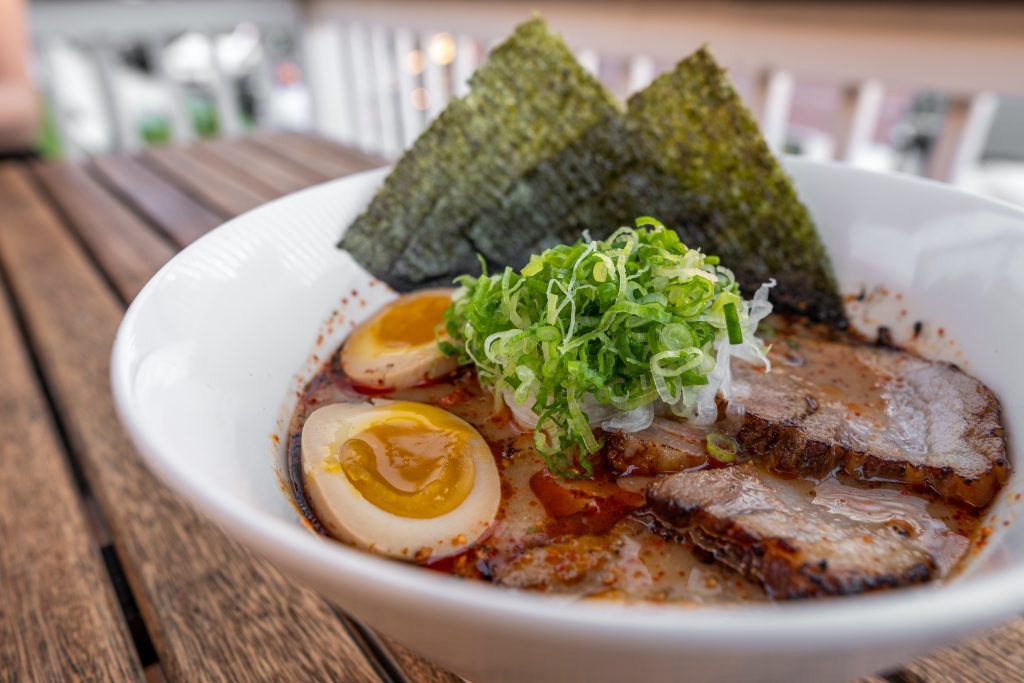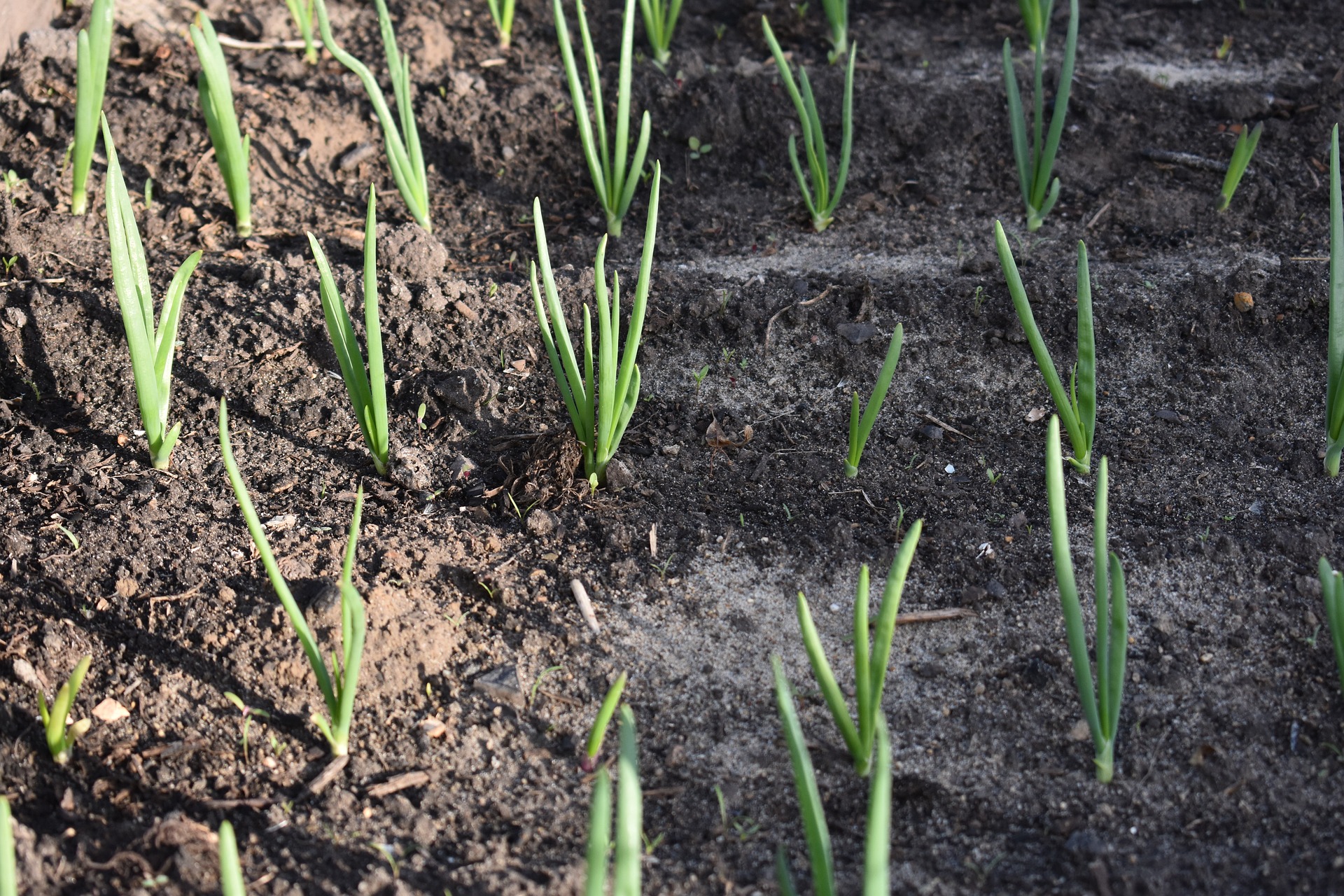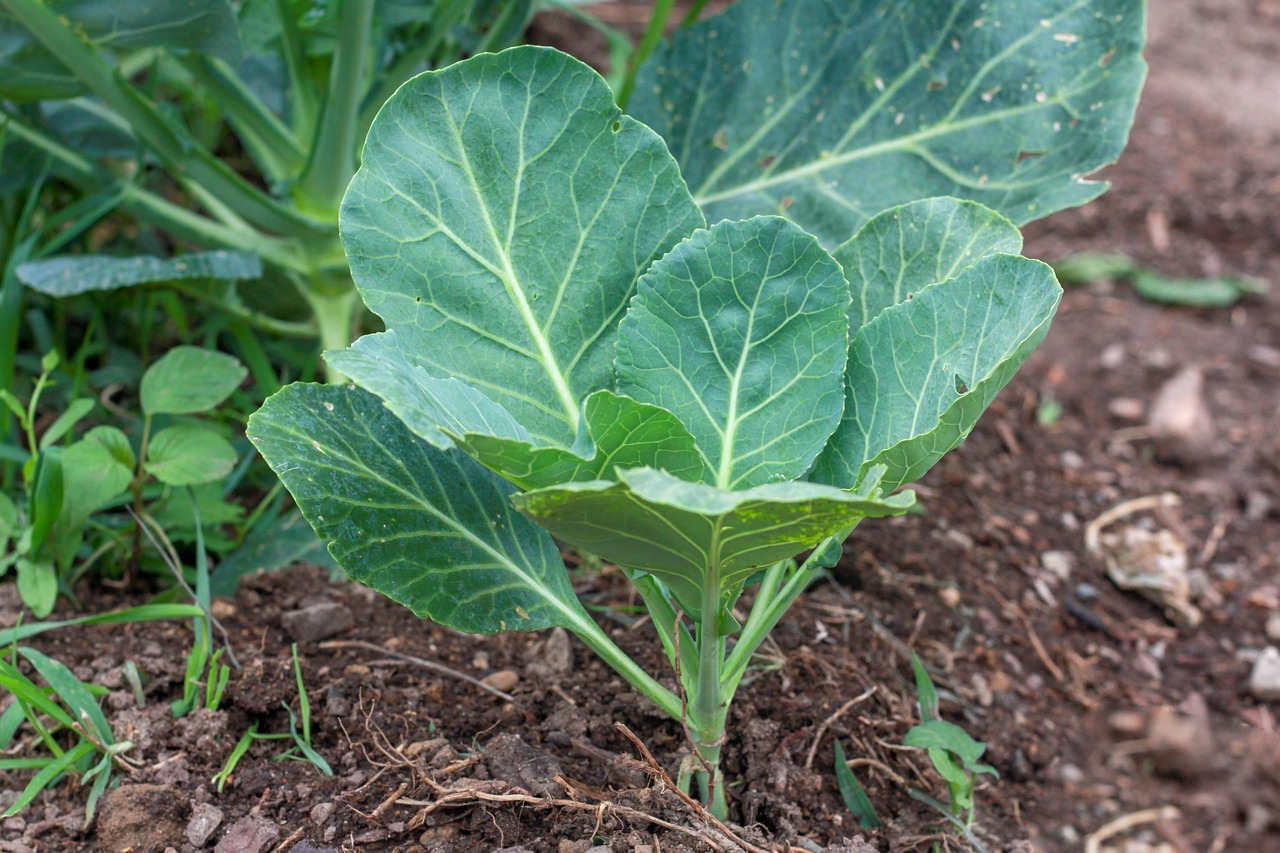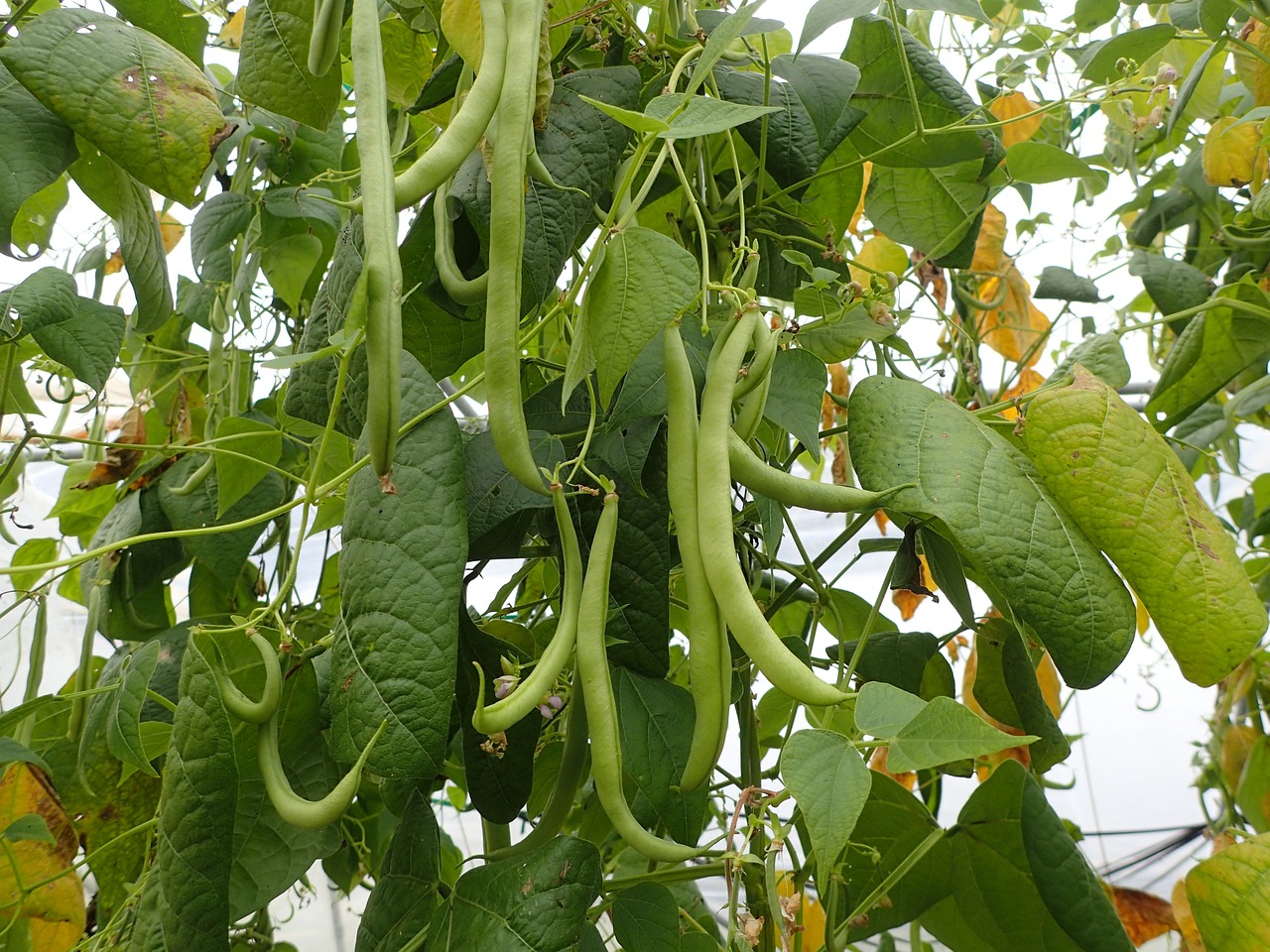Freshly picked in the morning, the sweet, subtly pungent flavor of spring onions adds spice and flavor to home food, as they get sliced and added to casseroles, omelets, pizza toppings and soups.
When grown in containers, their big size and dark green leaves are appealing to look at, and can be used as decor on sunny windows, patios and balconies.
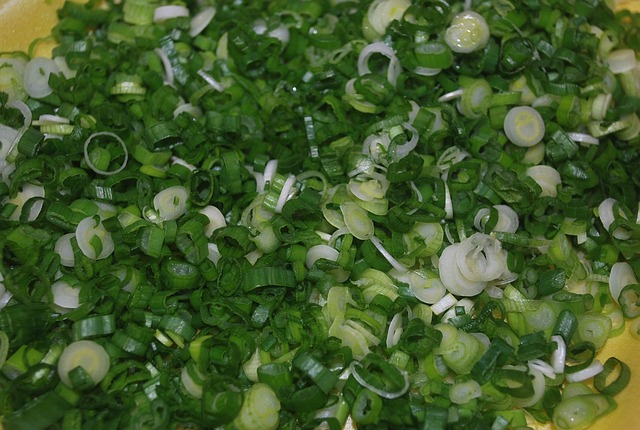
Description
Spring onions are vegetables derived from various species of the genus Allium, belonging to the family Amaryllidaceae. They are close relatives with shallots, garlic, leeks and chives. They are young onion plants that are harvested prematurely.
They grow small white to red colored bulbs and large, hollow overlapping green leaves.
Both the bulb and leaves are edible with the bulb having a milder taste compared to leaves.
Botanical name: Allium cepa
Common name: Spring onion, green onion, salad onion
Family: Amaryllidaceae
Plant type: Annual bulb
Light/Sun requirements: Full sun-light shade
Native area: Asia
Temperature requirements
The optimum temperature for growing spring onions is 680F-770F. Spring onions are hardy to frost but severely cold temperatures can cause remarkable damage.
Soil requirements
Spring onions require well-draining soils that are rich in organic matter. They grow well in rich loam, sandy loam or clay loam with slightly acidic pH of 5-6.
Avoid growing onions in saline soils as they affect onions during germination and emergence.
Light requirements
Spring onions love to grow in a spot that receives plenty of sunlight. Select an area that receives 6 to 8 hours of sunlight per day.
Growing Spring onions from seeds
You can plant spring onions in a garden bed or in containers.
If you are planting in a garden, prepare a raised bed, add compost, peat or rotted animal manure to the soil and mix well.
Sowing: Sow seeds directly into the soil, ½ in. deep with spacing of 1in. between seeds.
Cover with soil and water thoroughly.
For a year-round harvest, sow seeds throughout spring to fall.
Seed germination will occur in about 10 days after sowing seeds.
After 8-14 weeks, spring onions will be ready for harvest depending on growth rate.
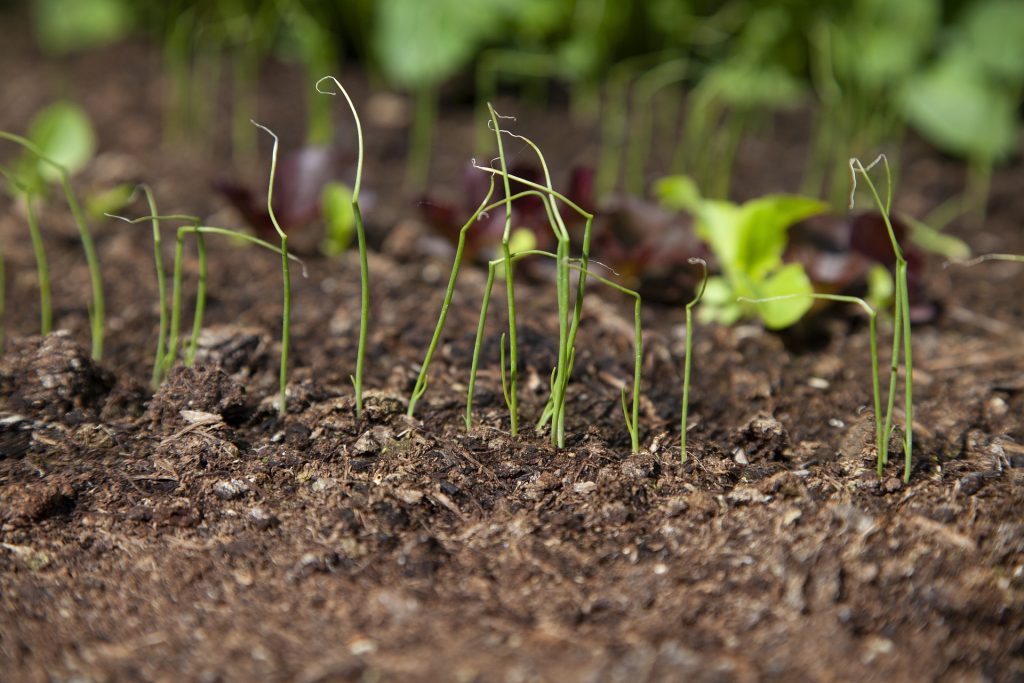
Starting seeds in trays: Seeds can be started in trays indoors filled with potting soil. After they have developed a stable root system, transplant them into your garden or in a bigger pot.
Growing spring onions in pots
To grow spring onions in pots, select pots that are at least 6in. deep with drainage holes underneath.
Fill pots with rich well-draining potting soil.
Plant seeds using the instructions above.
Place the container outdoors in a sunny spot or indoors on a sunny window.
How to Care for Spring onions
Watering: Spring onions need regular watering but do not like to be waterlogged. Do not allow your plants to dry out by watering regularly because onions have shallow root systems. Sandy soils will need more watering compared to other soils because they dry out quickly.
Mulching: Garden beds with spring onions should be mulched to retain moisture and control weed growth. Mulching material can be dry leaves or dry grass.
How to re-grow Spring onions from bulbs
- Use a sharp knife to cut spring onion bulbs 3cm from the roots. Ensure to use bulbs that have some roots as they have a higher chance of regrowing. Set aside bulbs without roots and use them for food preparations.
- Prepare a glass of water and place the bulbs inside with the roots facing downwards, completely submerged in water and place in a sunny spot. Change the water on a weekly basis.
- After the bulbs have grown stems up to 5in. tall, remove the bulbs from water and transplant into soil for more leaf growth. If left in water, the plants will lose vigor and eventually stop producing leaves.
- Alternatively, you can purchase onion sets, which are dried onion bulbs for replanting. They grow leaves much faster than onions planted from seed. Onion sets are planted directly into the soil, by burying them 1.5in. deep into the soil.
Harvesting spring onions
Plants can be harvested any time after leaves have attained height of 6in.
Cut off some leaves up to near the soil level and new ones will grow back.
To pull up the whole plant, pull it slowly from the ground and loosen the soil with a fork. Remove dirt from the onions by rinsing with clean water and use or refrigerate.
Spring onions are best harvested in the morning, before leaves get stressed by the sun heat.
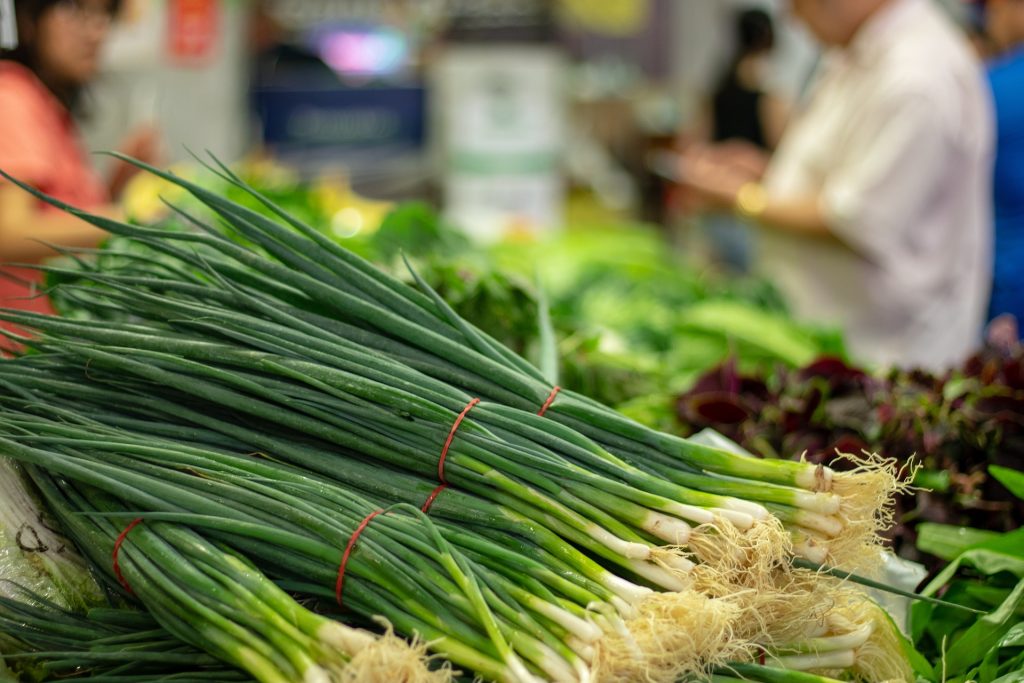
Storing Spring onions
Spring onions will keep fresh in a refrigerator up to 4 to 5 days. If you intend to use the onions within 1 to 2 days after harvest, then you can store them in a cool place at room temperature.
Best companion plants to grow alongside spring onions
- Mint
- Peppers
- Beets
- Dill
- Chamomile
- Straw berries
- Asparagus
- Lettuce
- Carrots
Worst companions
- Alliums
- Asparagus
- Sage
- Legumes
Common pests and diseases
Pests attacking spring onions include cut worms, onion maggots, thrips, slugs and allium leaf miners. Most of these do not cause severe damage.
To control these pests, remove them physically by hand or using bait if your garden is small or use appropriate pesticides.
Diseases affecting spring onions are mainly fungal. They include powdery mildew, rust and pink root.
To control these diseases, plant seeds that have been treated with fungicide and provide ample spacing and aeration for plants to avoid buildup of damp conditions that favor growth of fungi.
